Uncategorized
-
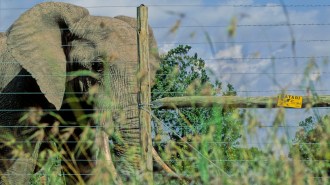 Animals
AnimalsA new book asks: What makes humans call some animals pests?
In an interview with Science News, science journalist Bethany Brookshire discusses her new book, Pests, and why humans vilify certain animals.
-
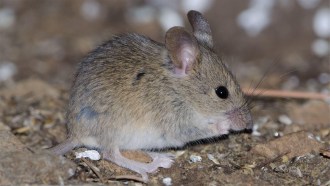 Animals
AnimalsA natural gene drive could steer invasive rodents on islands to extinction
A few genetic tweaks to a readily passed-on chunk of DNA could sterilize a mouse population, eliminating them in as little as 25 years.
-
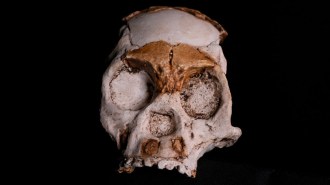 Anthropology
AnthropologyHomo naledi may have lit fires in underground caves at least 236,000 years ago
Homo naledi may have joined the group of ancient hominids who built controlled fires, presumably for light or warmth, new finds hint.
By Bruce Bower -
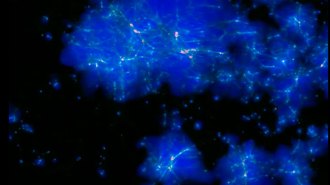 Astronomy
AstronomyA new supercomputer simulation animates the evolution of the universe
The detailed simulation shows the cosmos changing from a dark, featureless gas to a web of stars and galaxies radiating light.
-
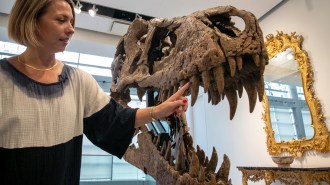 Paleontology
PaleontologyWhy the sale of a T. rex fossil could be a big loss for science
At least half of the roughly 120 known T. rex fossils are owned privately and not available to the public. “Maximus” may join them.
-
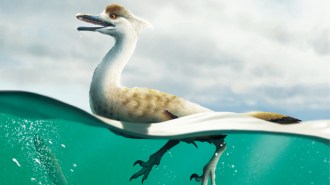 Paleontology
PaleontologyThis dinosaur may have had a body like a duck’s
Natovenator polydontus may have been adapted for life in the water, challenging the popular idea that all dinos were landlubbers.
By Nikk Ogasa -
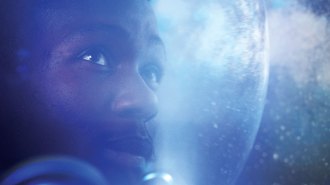 Space
SpaceArtemis missions will usher in a new, more diverse crew of astronauts
Space agencies are preparing to send the next generation of astronauts to the moon and beyond. Here’s how the next crews will be different from the last ones.
-
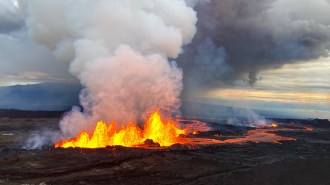 Earth
EarthHawaii’s Mauna Loa volcano is erupting. Here’s what you need to know
A geophysicist with the U.S. Geological Survey answers questions about the recent eruption of the world's largest active volcano.
-
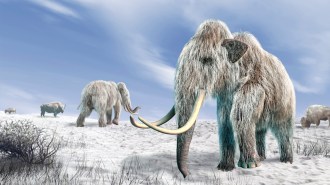 Paleontology
PaleontologyMammoths may have gone extinct much earlier than DNA suggests
Ancient DNA in sediments may be leading paleontologists astray in attempts to figure out when woolly mammoths and woolly rhinos died out, a new study argues.
By Bas den Hond -
 Physics
PhysicsPhysicists explain how to execute a nearly splashless dive
A pocket of air lets elite divers pull off the rip entry, breaking through the water without sending it flying.
-
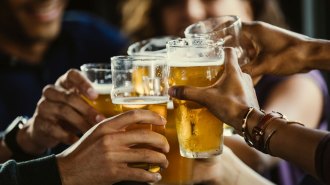 Health & Medicine
Health & Medicine50 years ago, a ‘cure’ for intoxication showed promise
In 1972, vitamin and chemical injections reduced the amount of time that rats fed alcohol spent drunk. The science has yet to pan out for people.
-
 Health & Medicine
Health & Medicine‘Forever chemicals’ may pose a bigger risk to our health than scientists thought
PFAS are linked to obesity, cancers and more. Growing evidence of the chemicals’ risks has prompted new guidance for safe drinking water and consumer testing.